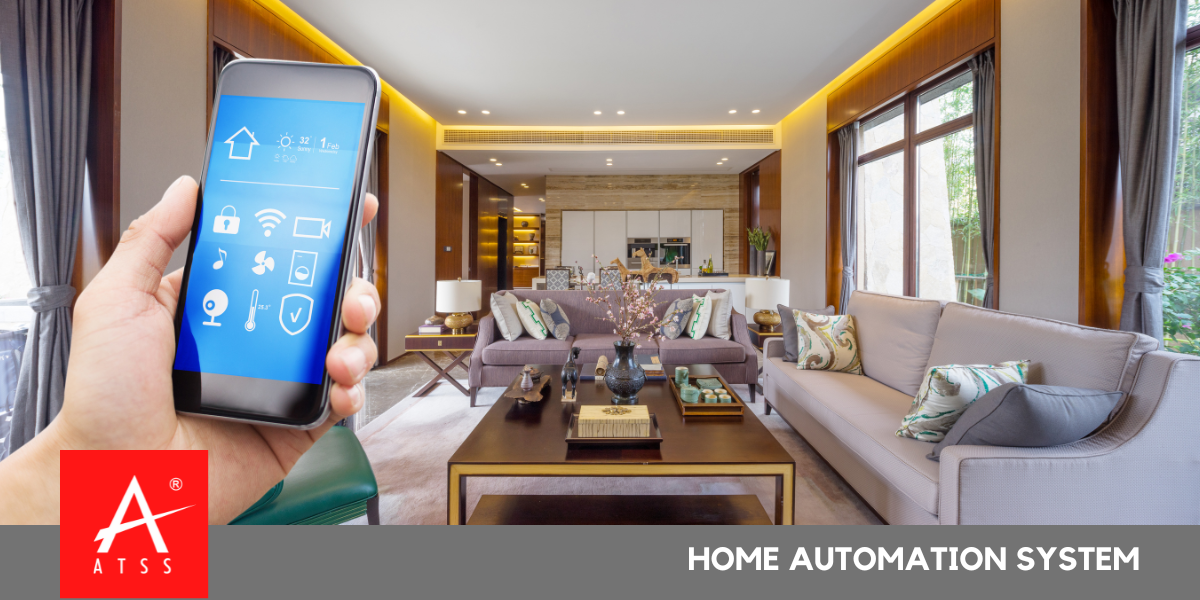Smart Home Automation: The Ultimate Guide to a Connected Lifestyle
Discover the ultimate guide to Smart Home Automation. Control lights, security, appliances, and more for convenience, safety, and energy efficiency.
Introduction
Imagine walking into your home after a long day, and the lights automatically adjust to your preferred brightness, your thermostat sets the perfect temperature, and your smart door locks secure themselves behind you—all without lifting a finger. This is the reality of Smart Home Automation, a technology revolution that transforms ordinary houses into intelligent, responsive living spaces.
Smart home systems are no longer a luxury—they are becoming an essential part of modern living, offering convenience, energy efficiency, and enhanced security. This guide explores everything from essential devices like smart lights, thermostats, and locks to advanced automation routines, integration tips, and future trends. By the end, you’ll understand how to create a fully connected, safe, and efficient smart home.
What is Smart Home Automation?
A smart home is a residence equipped with internet-connected devices that allow homeowners to remotely manage and automate household tasks. From smart lighting and thermostats to security cameras and smart appliances, these systems can communicate with each other through apps or voice assistants like Amazon Alexa, Google Assistant, or Apple HomeKit.
The core of Smart Home Automation is centralization and control—enabling homeowners to monitor, schedule, and optimize almost every aspect of their home from anywhere in the world.
Benefits of Smart Home Automation
1. Convenience
With smart devices, you can control lights, appliances, and locks remotely. Imagine turning off your home lights while at work, or preheating your oven while returning from the grocery store—automation saves time and reduces stress.
2. Energy Efficiency
Smart thermostats and lighting systems reduce energy consumption by adjusting automatically based on occupancy or schedules. This can lower utility bills while promoting a greener lifestyle.
3. Enhanced Security
Smart security systems, including cameras, door locks, and motion sensors, provide real-time alerts and remote monitoring, giving homeowners peace of mind.
4. Integration and Customization
Modern smart hubs allow multiple devices to work together seamlessly. Set routines like “Good Morning” to adjust lights, blinds, and thermostats simultaneously.
5. Remote Monitoring and Control
Whether you’re traveling or working remotely, you can check home security, adjust temperature, or even turn on appliances from your smartphone.
Essential Smart Home Devices
1. Smart TV
Smart TVs provide internet access for streaming services, apps, and integration with smart assistants. Voice control makes entertainment hands-free and seamless.
2. Smart Lighting
Devices like Philips Hue and LIFX allow remote control of brightness, colors, and schedules. Automate lighting for mood, energy savings, or home security.
3. Smart Thermostat
Thermostats like Nest and Ecobee optimize energy use by learning your habits. Automatically adjust heating/cooling based on occupancy and preferences.
4. Smart Lock
Keyless entry with PIN codes, biometrics, or smartphone apps ensures convenient and secure access. Some models alert you if doors are left unlocked.
5. Smart Plug
Convert traditional devices into smart appliances, enabling remote control and automation for items like fans, lamps, and coffee machines.
6. Smart Speaker
Hubs like Amazon Echo, Google Nest, or Apple HomePod allow voice commands for connected devices, music, and information queries.
7. Smart Home Security
Smart cameras, motion detectors, and alarms create an integrated security ecosystem. Some systems offer cloud storage and AI-based threat detection.
8. Smart Doorbell
Video doorbells like Ring and Nest Hello provide two-way communication and video recording to monitor visitors in real-time.
9. Smart Hub
A central controller like Samsung SmartThings connects all devices, enabling automation, routines, and centralized monitoring.
10. Smart Blinds
Automated blinds adjust based on ambient light or schedules, improving energy efficiency and comfort.
11. Smart Appliances
Smart refrigerators, ovens, and washing machines allow remote control, scheduling, and monitoring, streamlining daily chores.
12. Smart Camera
Indoor and outdoor smart cameras offer live feeds, cloud storage, and motion alerts to keep your home safe 24/7.
Setting Up Your Smart Home System
1: Choose a Smart Home Platform
Select a platform compatible with most devices:
- Amazon Alexa
- Google Home
- Apple HomeKit
2: Select Compatible Devices
Ensure each device supports your chosen platform to avoid integration issues.
3: Install and Connect Devices
Follow manufacturer instructions for connecting to Wi-Fi or a smart hub. Proper placement and connectivity ensure optimal performance.
4: Configure Automation
Create routines and schedules using apps. For example:
- Lights turn on at sunset
- Thermostat adjusts when nobody is home
- Smart door locks activate after bedtime
5: Secure Your Smart Home
- Use strong passwords and two-factor authentication
- Keep devices updated
- Consider monitoring services for added security
Advanced Smart Home Automation Ideas
- Energy Management Automation – Automatically turn off unused appliances and optimize HVAC systems.
- Voice-Activated Routines – Command multiple devices simultaneously with a single phrase.
- AI-Powered Suggestions – Smart systems learn your habits and recommend energy or security improvements.
- Integration with Wearables – Devices like smartwatches can trigger automation based on your location or activity.
Future Trends in Smart Home Automation
1. AI-Driven Automation
Machine learning will make homes more predictive, adjusting lighting, temperature, and security without user input.
2. Enhanced Voice Control
Voice recognition will become faster and more intuitive, even in noisy environments.
3. 5G Connectivity
Faster networks will enable real-time responses and improved reliability for multiple connected devices.
4. Heightened Security Measures
Future systems will use advanced encryption and cybersecurity features to prevent hacking and data breaches.
Smart Home Automation in Everyday Life
Imagine a weekday morning: your coffee machine starts brewing as your alarm rings, the blinds open to welcome sunlight, and your thermostat adjusts for a comfortable start. In the evening, smart lights dim as you unwind, security cameras monitor your property, and your smart lock ensures everyone inside is safe.
These scenarios are not futuristic—they are achievable today with the right combination of devices and automation. For smart home automation devices in India, reliable platforms and vendors make integration simple and affordable.
Conclusion
Smart Home Automation transforms ordinary living spaces into intelligent, efficient, and secure environments. By selecting compatible devices, integrating them with smart hubs, and prioritizing security, homeowners can enjoy convenience, energy savings, and peace of mind.
The possibilities are endless—customized lighting scenes, AI-driven energy optimization, and voice-controlled routines are just the beginning. Start your smart home journey today, and embrace the future of connected living.
Call to Action: Share your smart home setup ideas in the comments, or subscribe for more tips on creating an intelligent, automated lifestyle! | WhatsApp
Video Door Phones | eGlu Home Automation | Automation For Home | Automation Gate | Home Automation

